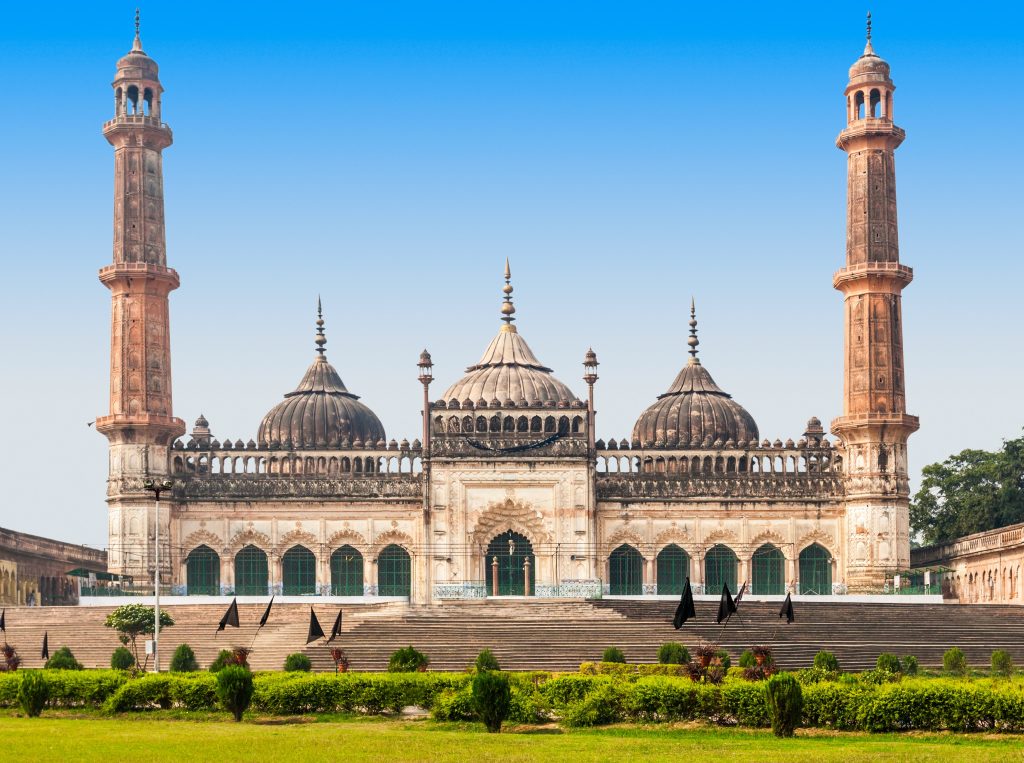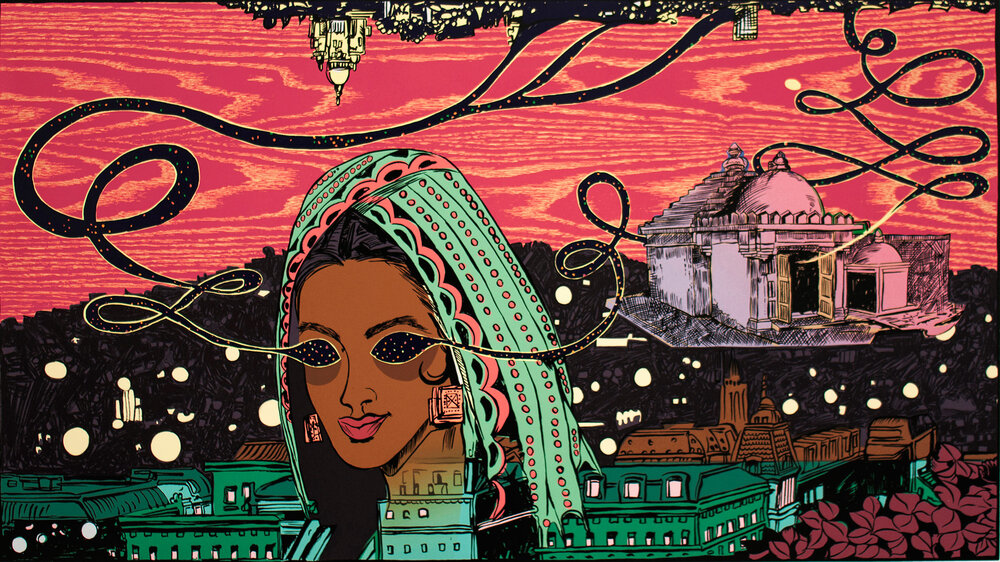Editor’s Opinion
Iftikar Ahmed
Discussing what is art is like discussing what happiness is. Or what is life even? it’s everything and nothing at the same time.
A few months ago, I came to know about Chat GPT the AI language model developed by OpenAI. It uses deep learning techniques to generate human-like responses and engage in conversation on a wide range of topics. Testing it with different inputs was quite surprising, especially the level of sophistication it displayed. Impressive!
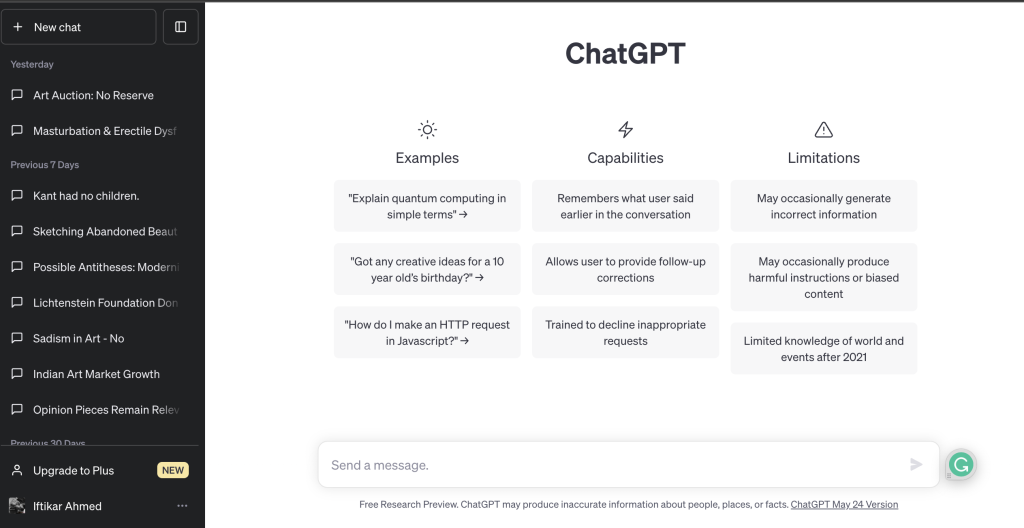
Chat GPT lacks factual accuracy, it also avoids commenting on the themes pertaining to morality and ethics as of now. I was using the 3.5 version of the technology. It refrains from talking about anything which is related to sensuality. Also, it avoids generating biased opinions. While exploring further I asked the AI tool to write a song on a mundane object and viola! the lyrics are ready.
The technology is mind-boggling as it can generate texts, images, videos and every sort of artistic output one can think of. So far the technology is functioning when input is provided by humans. It does not initiate thinking on its own. But remember it is just the version we are talking about i.e., 3.5. Version 60 might compel the Chicago police department to deploy Detective Del Spooner to keep humans safe from the crimes committed by the robots.
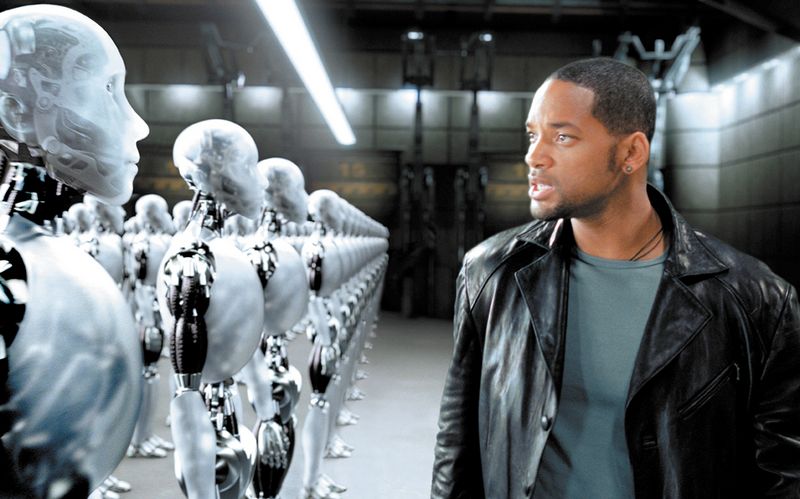
Courtesy: 20th Century Fox
Throughout history, art has served as a medium of communication, documentation, and self-expression. From the earliest cave paintings to Renaissance masterpieces, art has evolved alongside human civilisation, reflecting our experiences, emotions, and perceptions of the world. Art has been so personal to humans that it hesitates to share ownership with technology. The first cave paintings were created for reminiscing nostalgia or communicating the hunting skills man learned from experience. Art has proved itself to be a medium of communication and documentation. It is surely a commodity but who truly holds ownership of it when artificial intelligence is there to get it done “For You”?
Technology has played a pivotal role in shaping artistic expression. The invention of the camera, for example, revolutionised the way we capture and represent reality, leading to significant shifts in artistic movements and creative possibilities. It was received with scepticism. Hesitation can be seen when trying to determine ownership of copyrights with regard to artistic, musical, or literary works created by AIs. In jurisdictions such as India, the copyright is given to the closest human connection to the AI, which is the programmer or the owner of the AI. This causes the problem of lack of creativity, as the programmer or owner does not contribute to the creation of the final work. In USA and Japan ownership and copyrights are subjected only to humans. It does not consider AI.
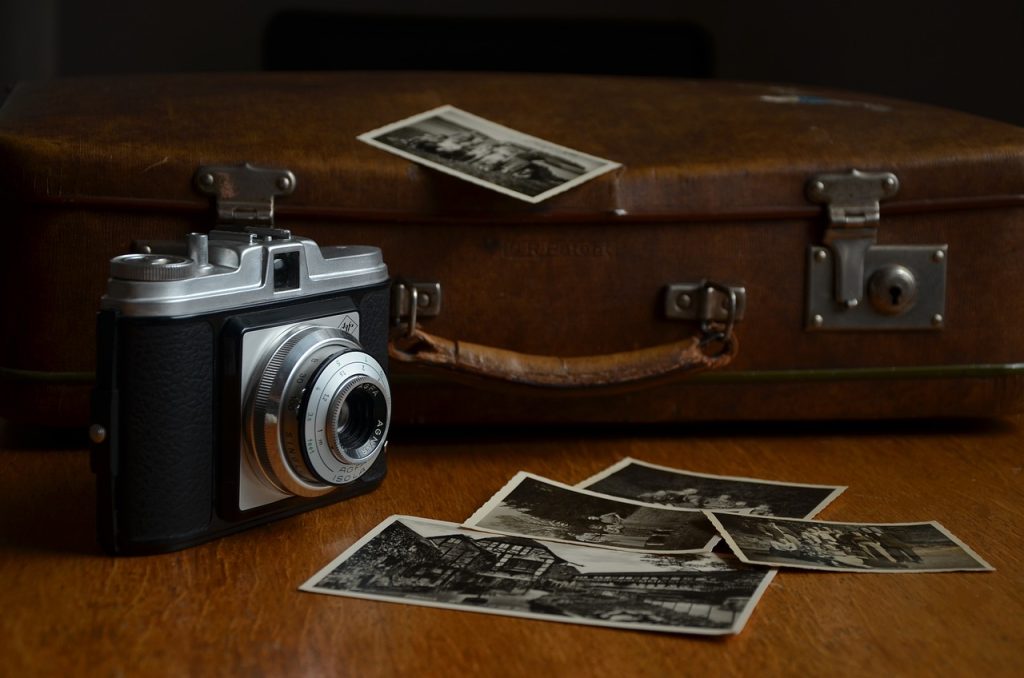
Think of AI as a tool to create a work of art like a Camera a captures the subject. The invention of the camera had a profound impact on artistic expression, bringing about significant changes in the art world. With its ability to capture realistic and accurate visual representations, the camera led to a shift towards realism and documentation in art. However, as photography became more accessible, artists explored new subject matters, emotions, and abstract concepts, moving away from strict realism. The camera influenced artistic movements like Impressionism, which sought to capture fleeting impressions and the play of light. It also inspired the exploration of movement, the development of alternative mediums like collage, and the use of photography for social commentary and documenting historical events.
The camera’s manipulation of reality influenced the surrealists, while its ability to capture new perspectives and compositions challenged traditional artistic conventions. Overall, the invention of the camera democratized art, making it more accessible and broadening its reach beyond galleries and museums.
We might see AI as a revolutionary technology which can change how we perceive art and its ownership. Everyone is an owner of a smartphone. We all click photographs and share them without being concerned about the owner of the clicked picture. However, photography when done while keeping in mind the canons that are hues, tones, and compositions and more importantly aesthetics that captivate attention, becomes a work of art.

Courtesy: www.annaridler.com
Similarly, AI has the potential to revolutionise art by acting as a powerful tool for artistic creation. Chat GPT and other AI language models can generate texts, images, videos, and even compose music. While AI lacks the autonomy and subjective experiences of humans, it can still produce sophisticated and compelling outputs. By harnessing AI’s capabilities, artists can push the boundaries of creativity, explore new artistic frontiers, and challenge traditional norms.
In the end, what matters is who has the accessibility to the technology and how they maximise the profit of the technology. The discourse of ownership and copyrights will be set to legitimise the power structure keeping in mind those who are in power. The Corporate.
Four AI Artists You Need to Know About ASAP. Click Here


